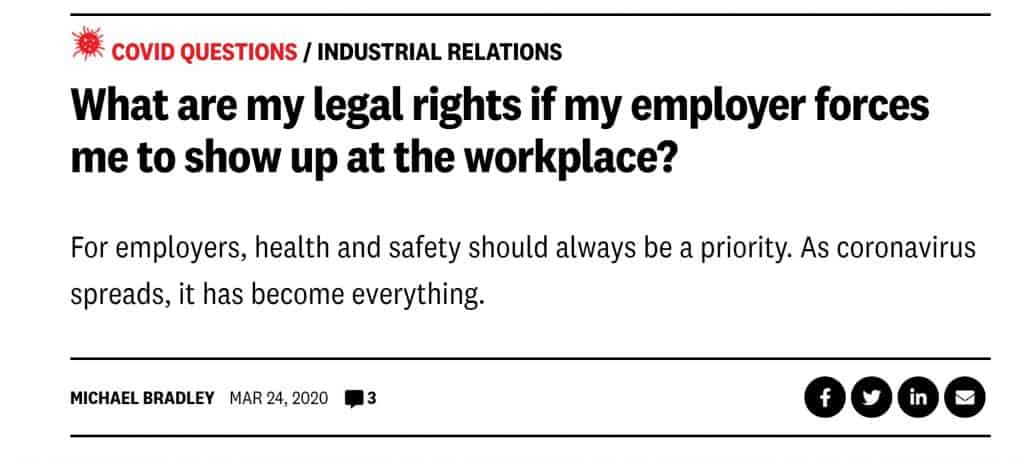
On March 24, 2020, Michael Bradley, a lawyer with Marque Lawyers, wrote about the pressures on employers presented by COVID19 and government restrictions. Bradley touched on occupational health and safety (OHS) but needed to go deeper.

On March 24, 2020, Michael Bradley, a lawyer with Marque Lawyers, wrote about the pressures on employers presented by COVID19 and government restrictions. Bradley touched on occupational health and safety (OHS) but needed to go deeper.
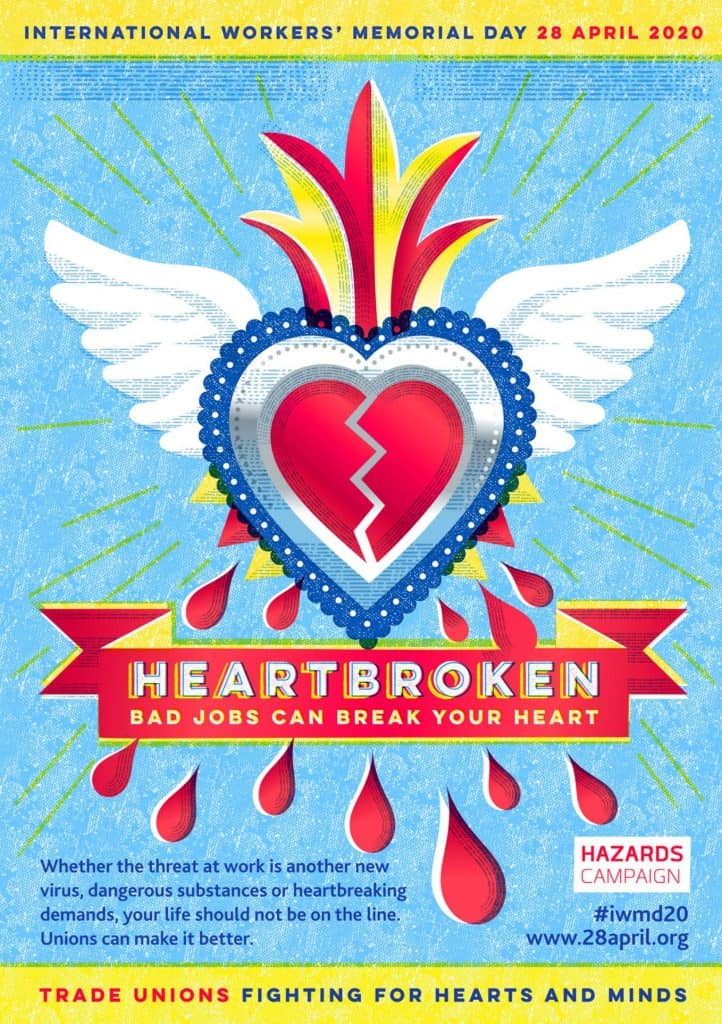
ILO’s World Day on Safety and Health at Work occurs each year on April 28. Events are centred around monuments and places in capital cities and towns, speeches about the importance of occupational health and safety (OHS) are made and symbolic gestures are given.
The World Day is intended to be an acknowledgement of the importance of OHS for all workers and people of all political stances. The aim is to focus on workplace deaths, and the practical actions to prevent those deaths, not the politics of those deaths, but far more prominence is given to the trade union movement’s International Workers Memorial Day held on the same day.
So how will these memorial days work in this year of COVID19?
The Australia Institute conducted a webinar on Australia’s economic future during and after the COVID19 pandemic. Former Federal Treasurer Wayne Swan and economist Richard Denniss were the featured speakers. Two particular issues were of relevance to occupational health and safety (OHS) – the future of the gig economy and re-industrialisation.

The coronavirus pandemic is an unexpected challenge for many employers and for workers. As this article from the Australian Broadcasting Corporation shows, there is confusion about the rights and duties of both parties at work.
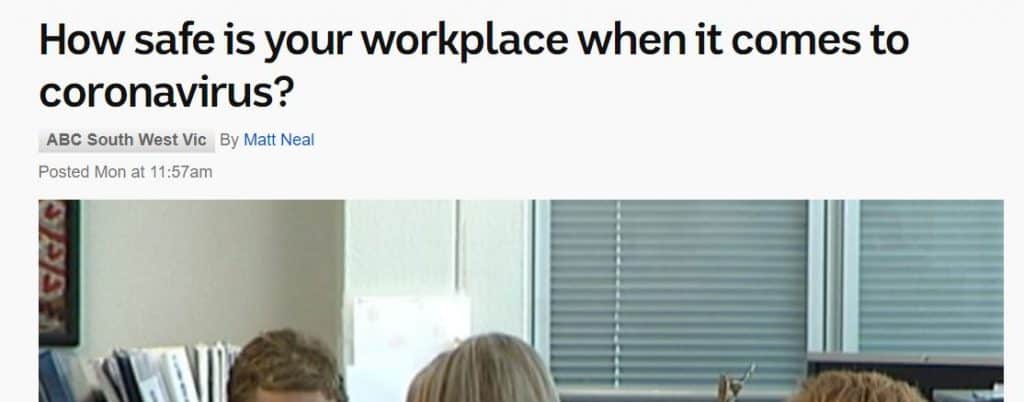
Larry acted under his duty to not put himself at harm by raising his concern to his employer. The employer should have already determined that the workplace is safe and without risks to health and implemented control measures to reduce the risk of cross-infection. Guidance on how to do this has existed for several weeks.
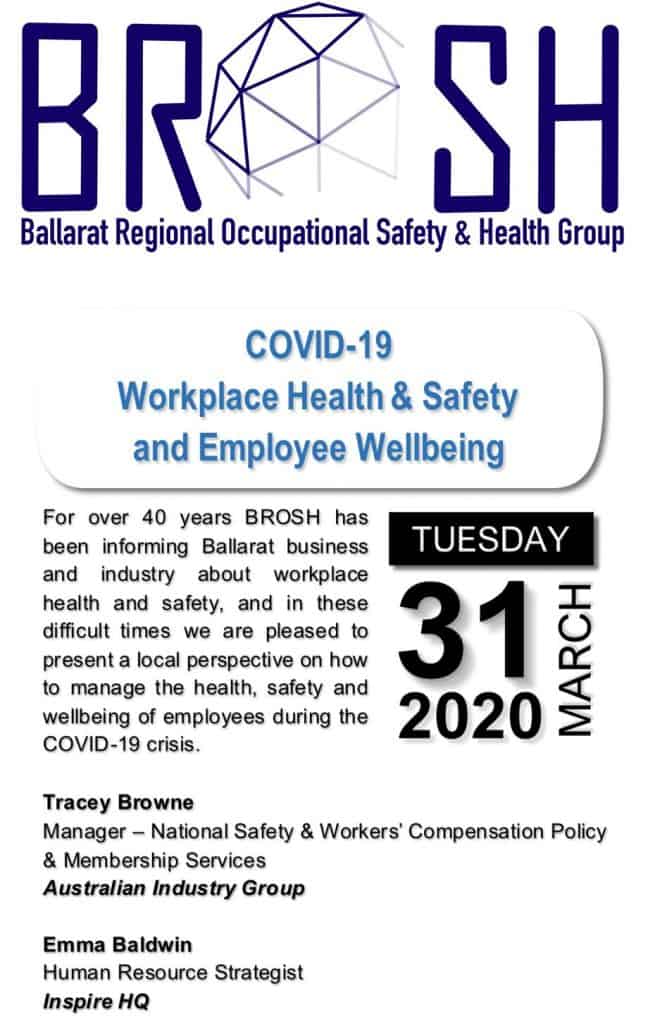
The Ballarat Regional Occupational Safety and Health (BROSH) group conducted an online seminar on March 31, 2002 at which Tracey Browne of the Australian Industry Group (AIGroup) spoke. The content was very good, and the format worked even though many people are still trying to acclimatise to online meetings and the muting of microphones.
Browne provided a general update on managing occupational health and safety (OHS) during the COVID19 pandemic disruption but there were a couple of notable contributions.
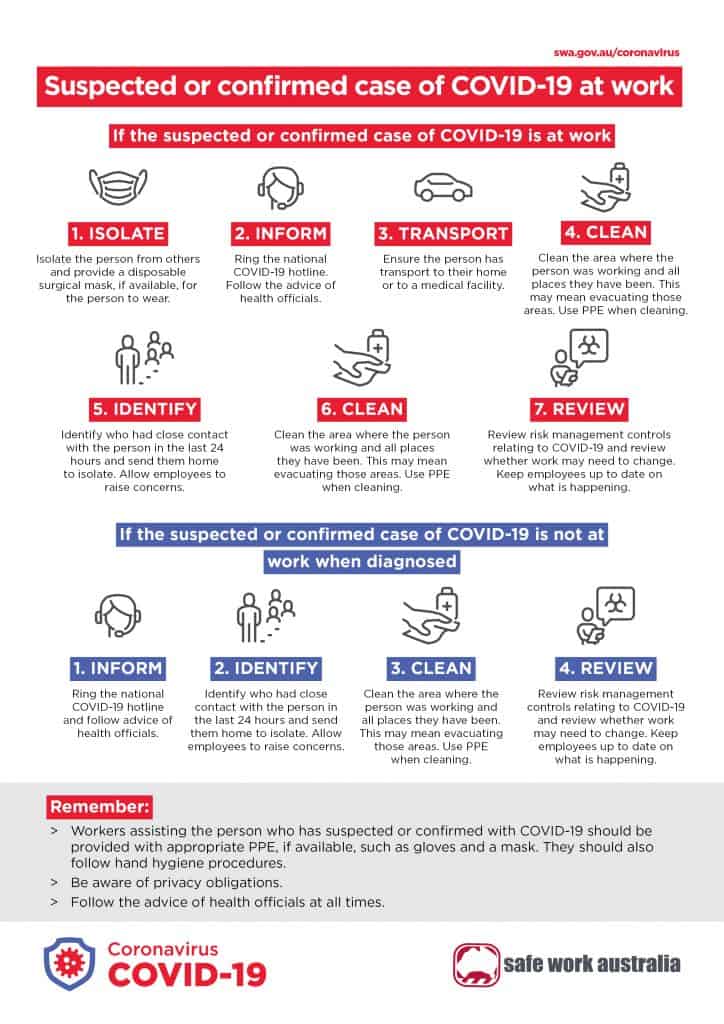
In mid-March, pandemic advice from occupational health and safety (OHS) regulators was assessed with the generic guidance from WorkSafe Victoria being praised. Many changes to workplaces have occurred since then and Safe Work Australia (SWA) has caught up with the demand for industry-specific guidance on managing work in this pandemic. SWA’s advice is very good and is discussed below.
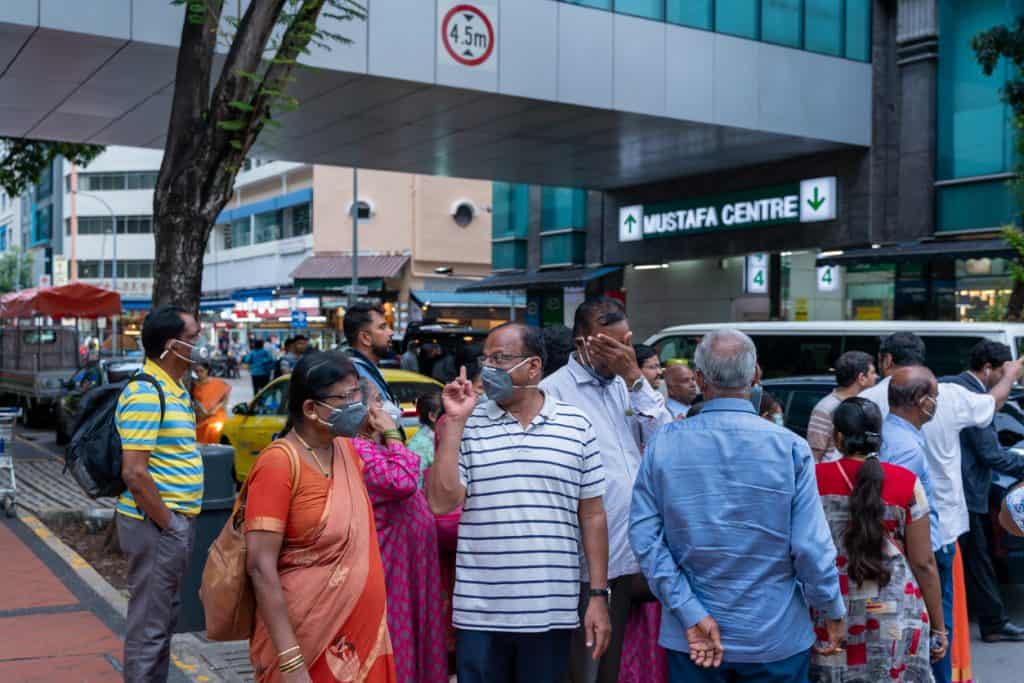
It is very hard to write about any occupational health and safety (OHS) issue in this time of a global pandemic. Many of the workplace hazards continue to exist but in a different context and, of course, the duty of care on both employers and workers continues wherever work is being done. Australians, understandably, have an insular focus at the moment, but there is some benefit from looking at how national disruption has been handled elsewhere in the recent past. COVID19 is not SARS, but Singapore’s action in 2003 is useful in showing how change can be managed. This change management is likely to be a more integral part of effective OHS management for all Australian businesses once the pandemic declines.